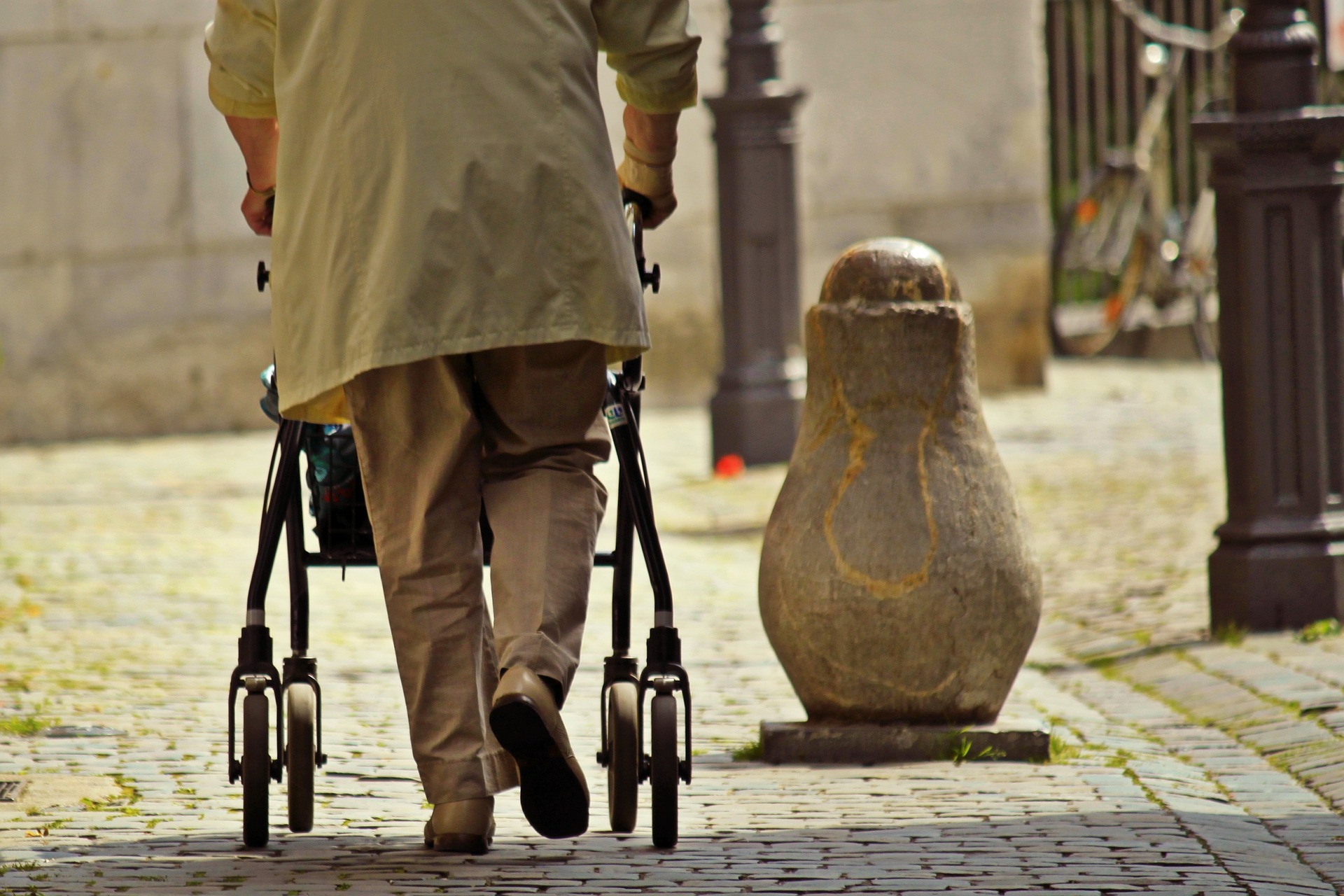
Every year, millions of seniors suffer falls. Falls are a leading cause of death and injury for seniors in America, so it’s important for you to take steps to prevent them. You may already know how to make home adjustments to prevent falls, but did you know that exercise can prevent falls as well? Exercise plays an important role in keeping your muscles, joints and bones in top shape so that you are less vulnerable to a dangerous fall. Here are a few ways you can add a fall-preventing workout into your routine:
Go for a Walk Outside
If you don’t have serious mobility issues, one of the easiest and most pleasant ways to get some exercise is to go for a walk outside. Walking is a low-impact form of cardio, and seniors can benefit from doing just 20-30 minutes of it a few times a week. Being outside also has health benefits, such as improving production of vitamin D. Vitamin D is essential in the absorption of calcium, so it’s needed to maintain strong bones and joints. You can also lower stress levels with a refreshing walk outside.
Work on Your Balance
Improving your balance will help you avoid a fall. One of the best exercises for maintaining good balance is yoga. Yoga will keep your body limber, and certain poses can help you safely work on your balance. Sign up for an introductory class near you or work with a yoga instructor to perfect your own poses. A yoga coach can help you make adjustments that will make poses more beneficial for your body and help you prevent any injuries from performing poses incorrectly. That said, if you don’t enjoy yoga, not to worry. Tai Chi is another great option for improving balance.
Get Exercise Inside
If you’re stuck inside for a while, there are plenty of easy indoor exercises you can do that will improve your balance and strength, which will help you fend off falls. You can go work out at a gym if you have a membership or even do some simple workouts at home. There are tons of fitness videos and tutorials available online that can help seniors work on their strength and balance. Consider picking up some weights and an exercise mat to make home workouts a little more effective, and always wear supportive shoes with enough grip to keep you from falling while you’re working out.
Work on Simple Strength Training
Studies are starting to show how important strength training is to maintaining overall health. Strength training can help keep your muscles in shape and help you avoid a tumble that could result in a serious injury. A set of free weights or a kettlebell should be all you need to get a little strength training into your exercise routine. Don’t have access to weights? You can use household items or your own bodyweight to keep your muscles strong and fit.
Get in a Pool
Swimming is such an effective, low-impact exercise that all seniors should consider adding it to their routine. A few laps in the pool can help tone your muscles and prevent impact on your joints that can result in injury later down the road. Not up for a swim? Then think about water aerobics as a way to work those muscles out. Performing exercises in a pool relieves pressure on your joints and ligaments, which in turn helps you to stay strong and prevent falls.
Don’t Skip Stretching
If you’re skipping out on those pre- and post-workout stretches, you could be setting yourself up for an injury. Pain and injury to the muscles and joints in your legs can increase your risk of falling, so work some stretches into your exercise routine. Grab a resistance band to keep yourself limber, or use the wall to lengthen and stretch out tight muscles. If your muscles are feeling especially tight, it may be time to take a break to avoid an injury.
If you’re a senior, you should be taking the proper precautions to prevent falls. Exercise is a simple way to keep yourself out of the emergency room and keep your body strong for years to come.
Photo Credit: Pixabay
